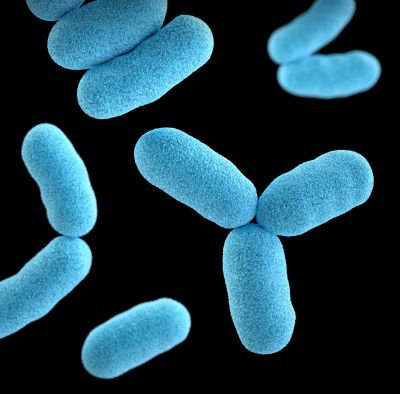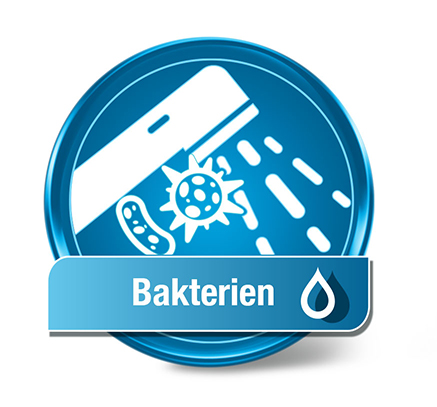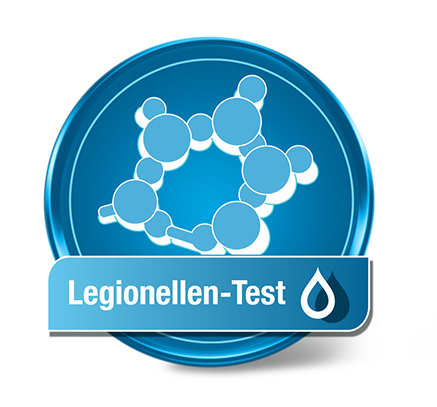Bacteria in Drinking Water
The tap water in your home has likely been deemed safe by authorities. However, it's only tested up to the house connection, so it's
possibly not free from contamination
.
In some cases, tap water contains small amounts of harmless pollutants or bacteria. In other instances, however, elevated concentrations of heavy metals, chemicals, or microorganisms can occur. These contaminants can affect the nervous and reproductive systems, as well as cause gastrointestinal illnesses and chronic conditions.

Risk Factors – Even at Low Concentrations
Even with low contamination, certain factors influence the health impact:
- Type of contamination
- Concentration of the substance in the water
- Personal water consumption
- Duration of exposure
Which Dangerous Bacteria Can Be Found in Drinking Water?
Common Pathogens
Harmful microorganisms such as parasites and bacteria can enter drinking water via wastewater. Particularly common are Giardia, Cryptosporidium, and E. coli. Coliform bacteria naturally occur in soil, on plants, and in the digestive tracts of humans and animals.
Fecal Coliforms and E. coli
Not all coliforms are dangerous. Fecal coliforms like Escherichia coli, however, can cause severe intestinal diseases. Symptoms such as nausea, diarrhea, vomiting, and abdominal cramps usually appear 1–8 days after ingestion.
Giardia and Cryptosporidium
Giardia lamblia is a parasite that causes the infection Giardiasis. Symptoms: bloating, diarrhea, nausea, cramps. Incubation period: approx. 2 weeks.
Cryptosporidium is a chlorine-resistant protozoan that causes severe diarrhea and can even occur in clean drinking water. Only a targeted laboratory analysis can detect the pathogen.
Why Is a Drinking Water Analysis Important?
What an Analysis Shows
A drinking water analysis provides information about bacterial contamination. If a presence of coliform bacteria is found, it can indicate a leak or hygiene deficiencies in the piping system – potentially leading to E. coli.
Measures in Case of Contamination
If Cryptosporidium is detected, immediate action is necessary. This pathogen survives for a long time and is resistant to chlorine. Especially in well water, Giardia can also occur. Boiling or special filter systems like reverse osmosis offer reliable protection here.
Conclusion: Safety Through Analysis
A professional drinking water analysis is the safest way to detect bacterial contamination early and prevent health risks.
Our bacterial analyses test for general bacterial contamination as well as specifically for coliform bacteria and E. coli.
✔ Heavy metals and pollutants
✔ For general drinking water, softeners
✔ Heavy metals and contaminants
✔ Separate bacteria test recommended
✔ Focus on bacterial contamination
✔ For general drinking water, softeners
✔ Risk of transmission during showering
✔ Causes Legionnaires' disease
✔ E. coli, coliform bacteria
✔ Enterococci





